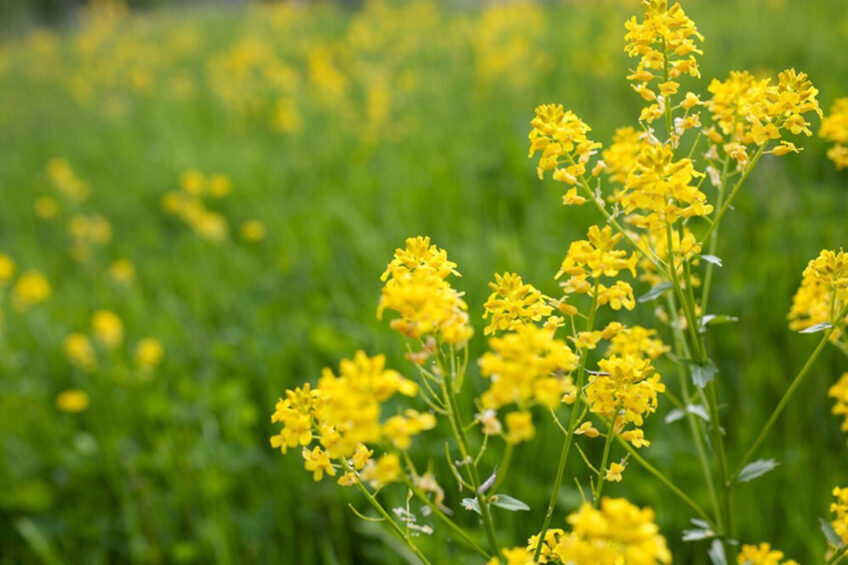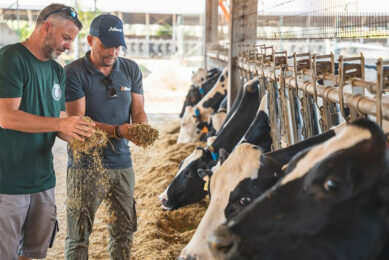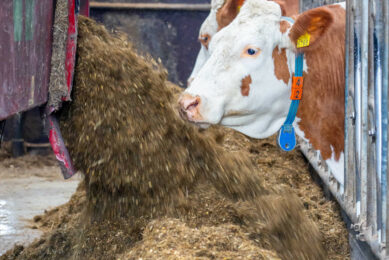Gorlinka as a protein alternative in dairy cow diets

In an effort to find cheaper protein alternatives to enrich livestock diets Russian researchers are investigating the benefits of gorlinka feed concentrate.
The study on the use of this high protein concentrate in the diets of dairy cows and laying hens on their productive qualities was conducted by the Volgograd State Agrarian University (Volgograd, Russia).
The result of using gorlinka:
- Dairy cows – increased the average daily milk yields of cows by 5.47 – 7.12%.
- Laying hens – egg productivity increased by 1.12 – 4.25% and the average egg weight increased by 0.77 – 1.66 g.
Trial: Lactating cows
The experiment was carried out according to the design presented in Table 1. Lactating cows of the control group were given a diet, the concentrate part of which included sunflower oil cake in the amount of 1 kg per head per day. Animals of experimental group II and III were fed diets in which oil cake from sunflower seed was replaced by 50% and 100% of the studied protein concentrate.
Milk flavour difference
Daily milk yields from the cows of the experimental groups differed somewhat. Cows whose diets included the studied concentrate, (experimental group II) 27.56 kg and (experimental group III) 27.98 kg, versus 26.12 kg in the control group. In terms of protein content in milk, there were slight differences in favour of cows fed protein concentrate gorlinka, in the experimental groups II and III. This indicator was 3.26% and 3.27%, respectively, against 3.23% in the control group.
Trial: Protein injected into layers
An experiment was conducted on 60 layers over 52 weeks. The diet of the control group (I) consisted of compound feed, in which there was a greater amount of corn and wheat. During the experiment, protein concentrate was injected into poultry of the II, III and IV experimental groups as part of compound feed instead of 50%, 75% and 100% of sunflower seed meal.
On average, eggs were obtained per laying hen in experimental group II by 1.12% more than in the control group, in experimental group III by 4.25%, and in experimental group IV by 3.07%. In terms of average egg weight, the II, III and IV experimental groups of hens were in the lead from 1.2 to 2.6%
The cost of consumed compound feeds
In the livestock experimental groups II and II, the profit from the sale of the received milk was higher compared to the control group by €70.94 and €91.92, respectively – an increase in the profitability of milk production which amounted to 46.67% in experimental group II and 49.15% in experimental group III. The difference in the cost of consumed compound feeds due to the use of gorlinka for young hens in experimental group II was €2.76; in experimental group III was €4.58; and in experimental group IV was €6.11.
Based on the results obtained during research, it can be argued that the greatest effect of production is achieved in animals and poultry that received protein concentrate with a diet. This increases the level and quality of products, as well as increasing the production of milk and edible eggs.
Join 13,000+ subscribers
Subscribe to our newsletter to stay updated about all the need-to-know content in the dairy sector, two times a week.










